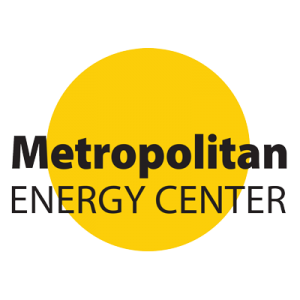The below includes technical and federal grant terms.
Objectives
- Connect emerging professionals to training in energy efficiency careers.
- Support better buildings (healthier for occupants; less energy-intensive for owner/managers; more durable in power outages and extreme weather) through technical training and impactful education.
- Foster long-term success of workforce development through partnerships.
Target Audiences and Desired Actions
Primary Audience: Job seekers who are unemployed, underemployed, and/or looking for a career change in disadvantaged communities (urban and rural) across Kansas and Missouri.
Desired Action: Enroll in the workforce development program.
Secondary Audience:
- Large and small businesses, local governments, and agencies: Equip program participants with essential skills and knowledge while providing real-world experience and opportunities for future employment.
- Architectural, engineering, and construction professionals not interested in switching careers: Enroll in professional continuing education courses offered through the program.
- Policymakers: Assist with program outreach and enact policies to fund similar efforts in the future and build more career pathways.
Planned Outcomes
- Build a workforce of energy-efficiency-related vocations in disadvantaged communities across Kansas and Missouri.
- Once participants are recruited and enrolled in the program, they will undergo accelerated training from accredited community colleges and building performance professionals, and after completion, funneled into apprenticeship programs or on-the-job training.
- Successful completion of training and/or apprenticeships should result in participants applying for and securing employment in fair wage jobs from local employers or starting their own businesses offering energy-efficiency-related services.
- While the program is providing the training for specific jobs (HERS® and HVAC Commissioning professions), the knowledge and skills program participants gain will equip them for a variety of career pathways.
- Provide continuing education for current industry professionals regarding energy codes and building performance with the goal to raise awareness on how improved building performance can enhance job performance, project outcomes, and overall industry impact.

